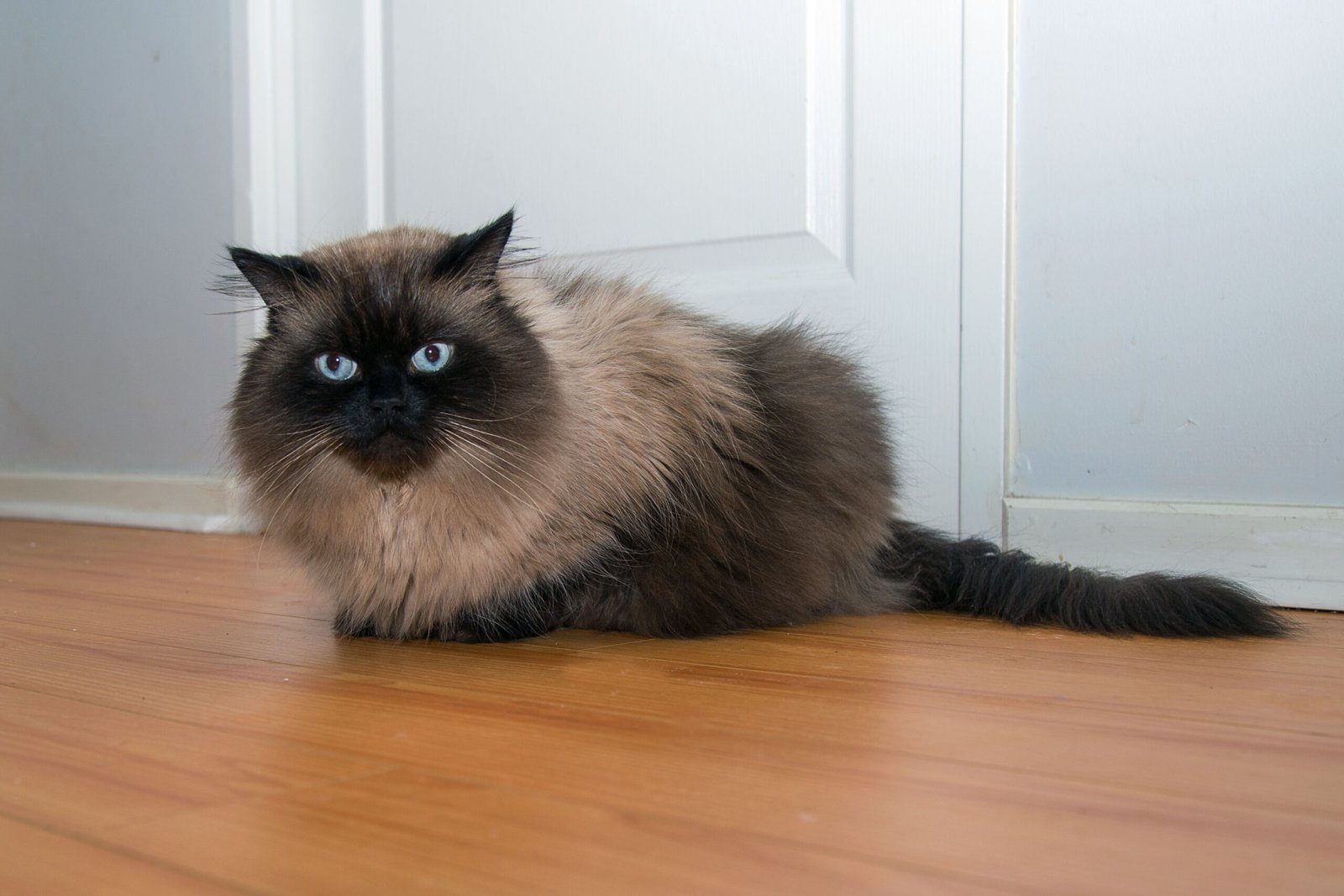Thinking of adding a cat to your dog-friendly home? Some cat breeds just don’t vibe well with canine companions. Breeds like the Siamese or Bengal can be territorial, high-energy, and not too thrilled about sharing their space with a bouncy pup. Others, like the Russian Blue, may prefer solitude and get stressed easily by a dog’s presence. It’s not that these cats are bad pets — they just thrive better in calmer, dog-free environments. Understanding breed temperaments is key to keeping the peace. If you’re set on a dog-cat duo, it’s best to avoid these particular breeds. Choosing the right match can make all the difference for a happy, drama-free household!
Siamese: The Jealous Diva

Siamese cats are stunning and talkative, but their bold personalities can spell trouble in a dog-friendly home. These cats crave attention from their humans and can grow possessive or jealous if a dog steals the spotlight. They’re known for staking out their territory and making it clear—often loudly—when they feel slighted.
If you bring a Siamese into a house with a dog, be prepared for drama. They don’t just pout; they protest. Siamese cats are quick to set boundaries, and they don’t hesitate to use their sharp voices (and sometimes claws) to get their message across. The rivalry between a needy Siamese and a playful pup can turn your peaceful home into a battleground of meows and growls.
Bengal: The Wild Child
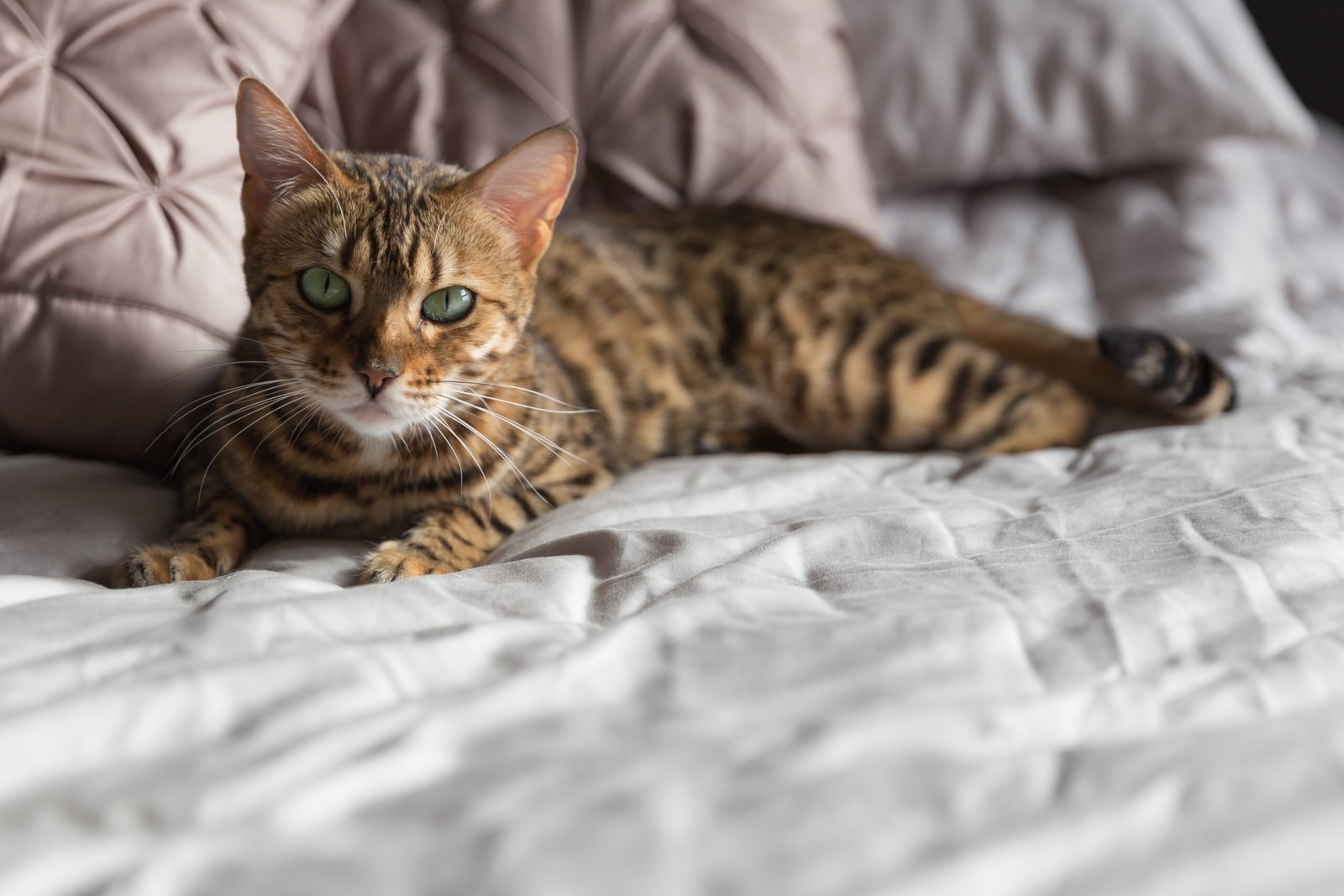
Bengal cats look like tiny leopards and act like them too. Their wild roots make them energetic, adventurous, and sometimes a little too bold for comfort. Bengals need lots of mental and physical stimulation, and a dog’s presence can feel like a threat to their space and routine.
Adding a dog to a Bengal’s world can light the fuse of chaos. These cats don’t back down easily—they’re known to challenge dogs rather than retreat. Their high energy and tendency to play rough can lead to scuffles, especially with dogs who aren’t used to feline bravado. For homes seeking peace, Bengals might just tip the scales in the wrong direction.
Persian: The Peaceful Recluse
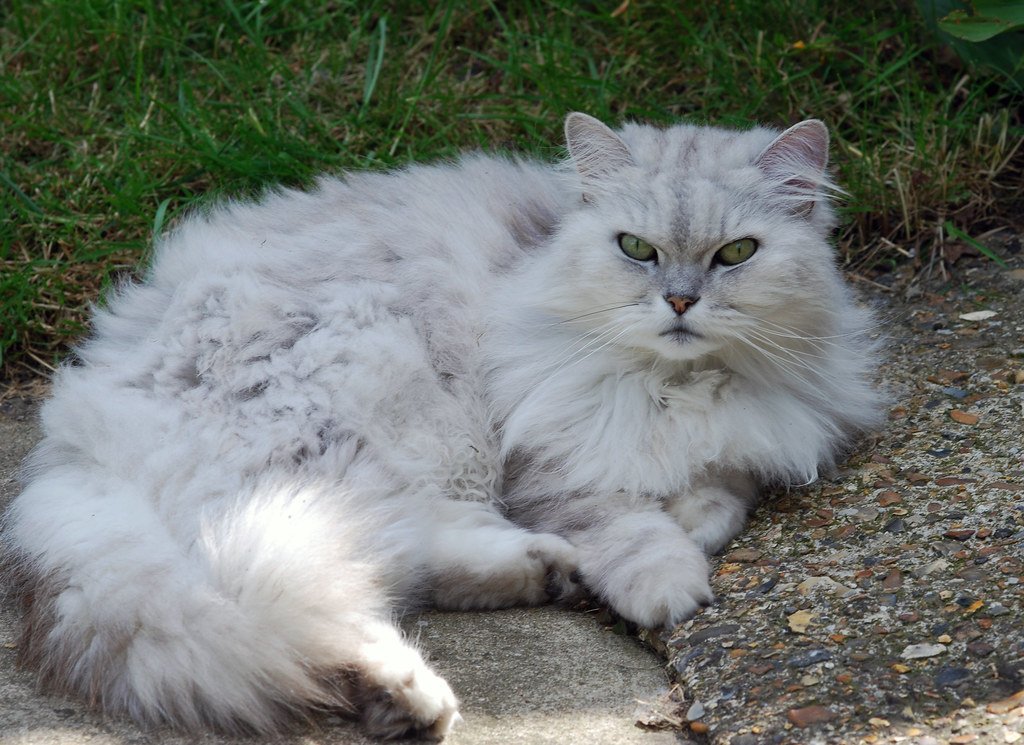
Imagine a cat who wants nothing more than to lounge, nap, and be pampered. That’s the Persian. With their luxurious coats and gentle nature, Persians prefer quiet environments and steady routines. The unpredictable antics of a dog can be a source of relentless stress for them.
Persians aren’t just shy—they’re downright avoidant when it comes to conflict. Instead of standing their ground, they’ll often withdraw, hiding under beds or in closets to escape the chaos. This can make them lonely and anxious, especially if the dog is energetic or overly curious. For Persians, tranquility is everything, and a dog’s presence can shatter their sense of safety.
Scottish Fold: Sensitive and Subdued
Scottish Folds are famous for their adorable folded ears and round faces, but they’re also known for their gentle, sensitive personalities. These cats are easily startled and can become stressed by loud noises or sudden movements—things dogs are notorious for.
When a Scottish Fold shares a home with a dog, it can quickly become overwhelmed. They thrive in calm, predictable environments and may react to canine commotion by hiding or developing anxiety-related behaviors. Their sweet, quiet nature isn’t a match for the bustling energy dogs bring, which can lead to a household full of tension and unease.
Sphynx: Attention Seeker Extraordinaire
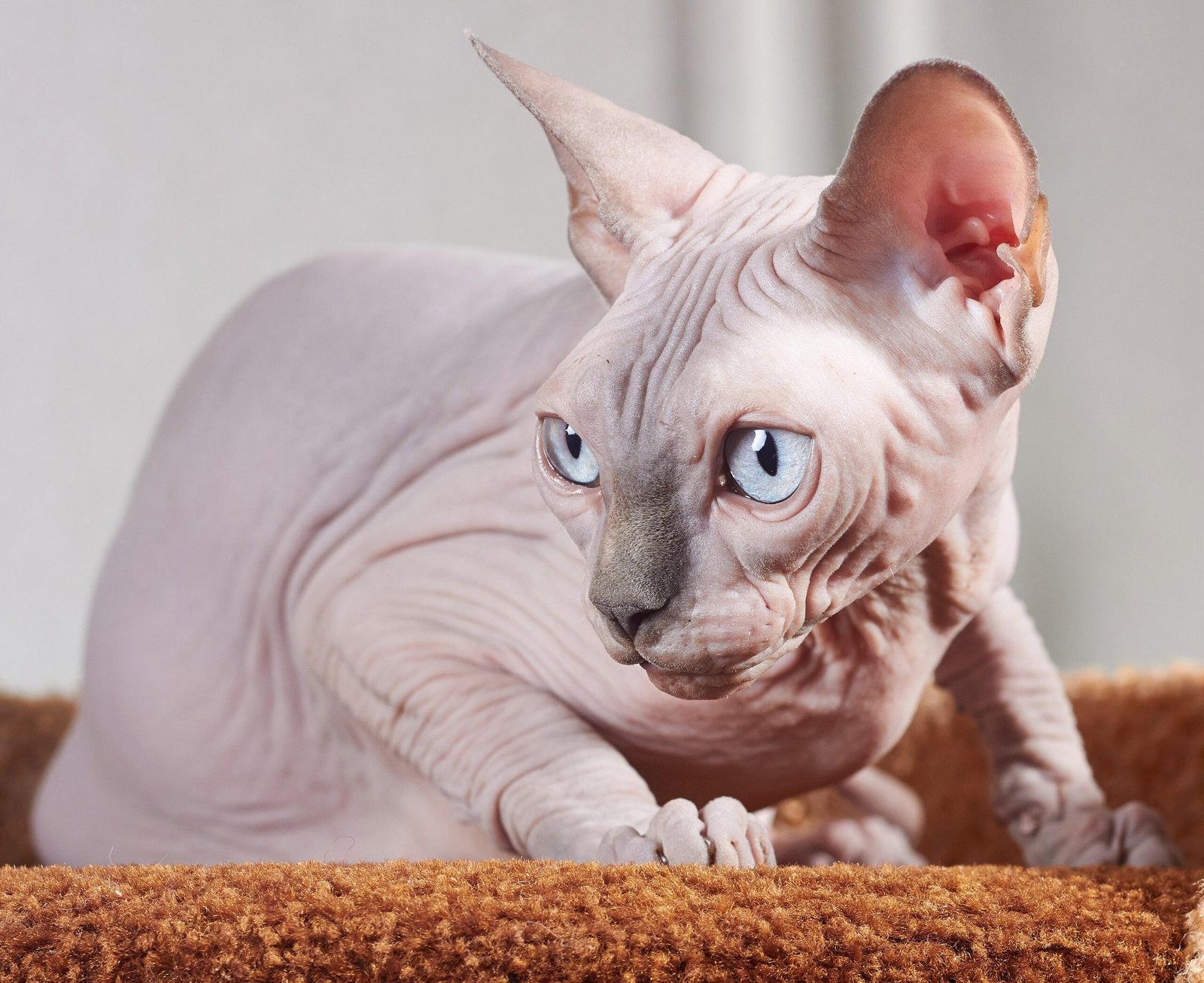
Sphynx cats are famous for their hairless bodies and playful, attention-loving antics. They demand nearly constant human companionship and affection, sometimes even more than dogs do. In a home with both a Sphynx and a dog, competition for your attention can become fierce.
If your dog is affectionate or clingy, the Sphynx may feel left out or become jealous, leading to displays of neediness or even aggression. Their bold personalities mean they’ll fight for your lap and your love, sometimes at the expense of harmony. Life with a Sphynx and a dog can feel like a never-ending battle of wills for your affection.
Russian Blue: The Reserved Aristocrat
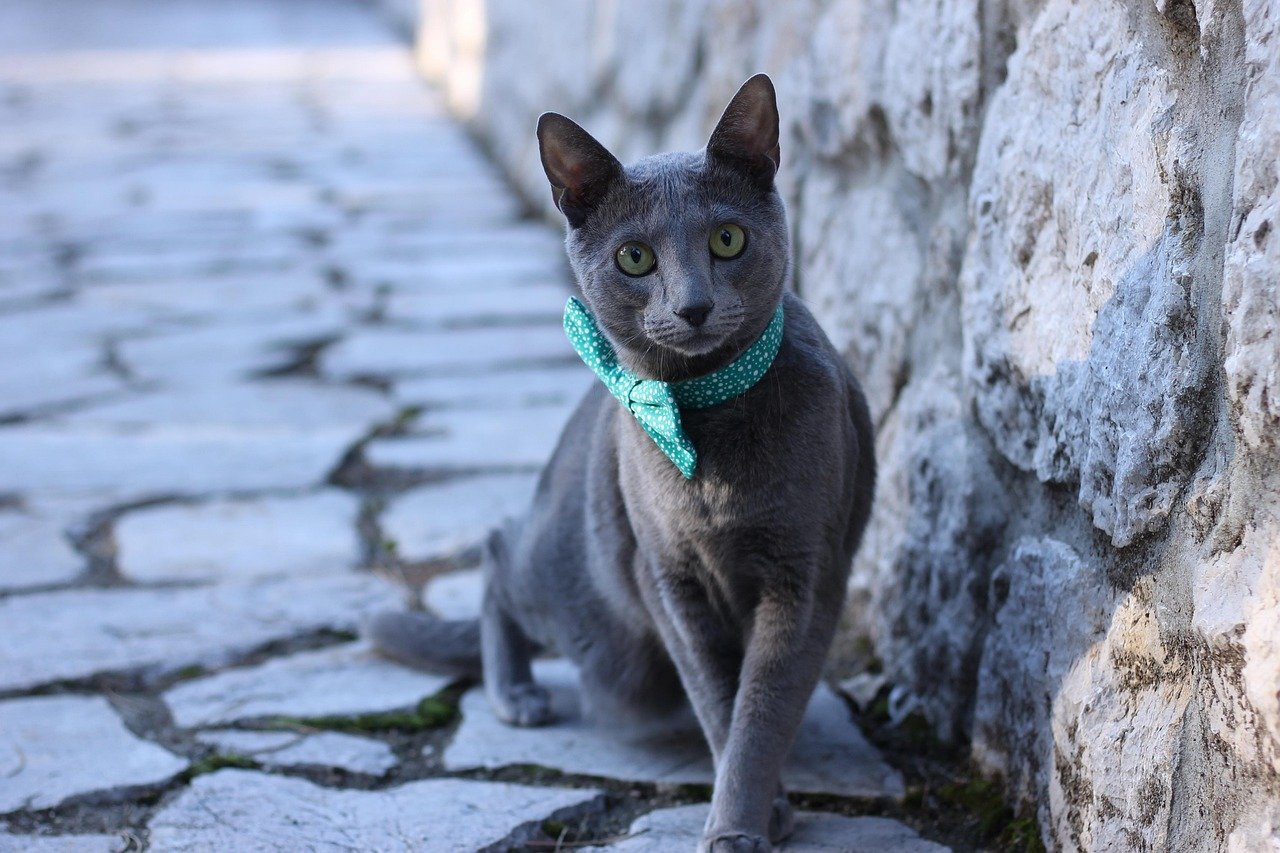
The Russian Blue is known for its plush silver coat and calm, reserved demeanor. These cats are intelligent but tend to be cautious and need time to adjust to new situations. A dog’s unpredictability can make a Russian Blue anxious and withdrawn.
They prefer quiet, structured environments and are easily unsettled by the noise and chaos a dog can bring. Russian Blues may hide away for hours or even days if they feel threatened by a dog’s presence. They rarely assert themselves, so their stress can go unnoticed until it affects their health or behavior. This breed thrives best in peaceful homes without canine companions.
Oriental Shorthair: The Vocal Critic

Oriental Shorthairs are lively, intelligent, and incredibly vocal. They love to communicate with their humans and often become the center of attention in any room. However, their strong personalities can clash with a dog’s presence, leading to power struggles and noise.
When sharing space with a dog, an Oriental Shorthair may become louder and more demanding, using its voice to assert dominance or express displeasure. They’re not shy about letting everyone know how they feel, and their constant commentary can create tension in the home. Pairing this chatty breed with an energetic dog often makes for a household filled with arguments—both feline and canine.
Turkish Angora: The Graceful Queen
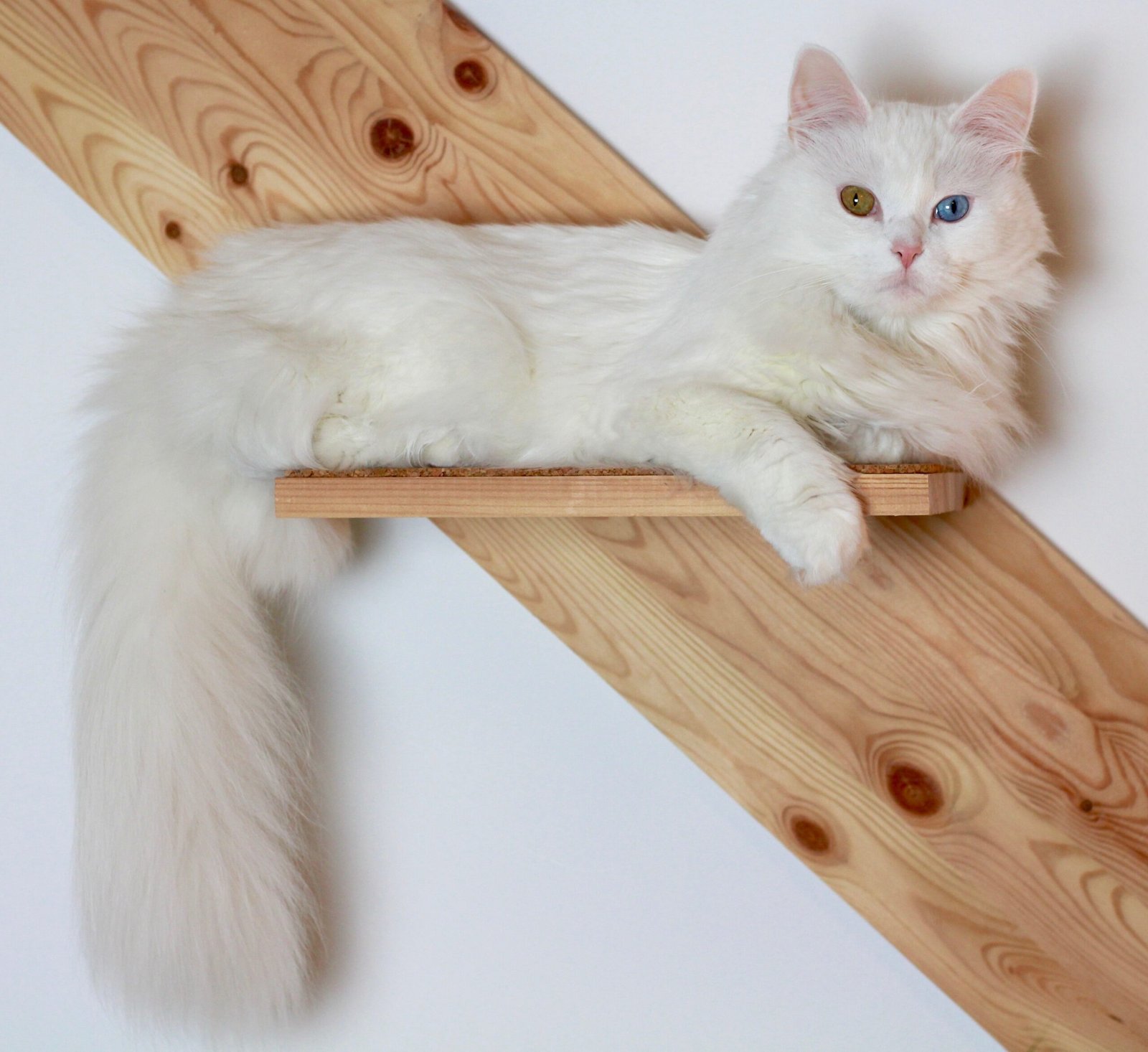
Turkish Angoras are elegant, athletic, and often described as “cat royalty.” They’re independent and highly intelligent, with a strong desire for control over their territory. A dog’s intrusion can upset their carefully maintained kingdom.
These cats are quick to let a dog know when boundaries are crossed. They may react aggressively or become territorial, staking out favorite spots and refusing to share. Turkish Angoras don’t back down easily, and their assertive nature can lead to ongoing disputes with dogs. For families hoping for a gentle introduction between pets, the Turkish Angora may prove to be a stubborn and unyielding ruler.
Chartreux: The Quiet Observer
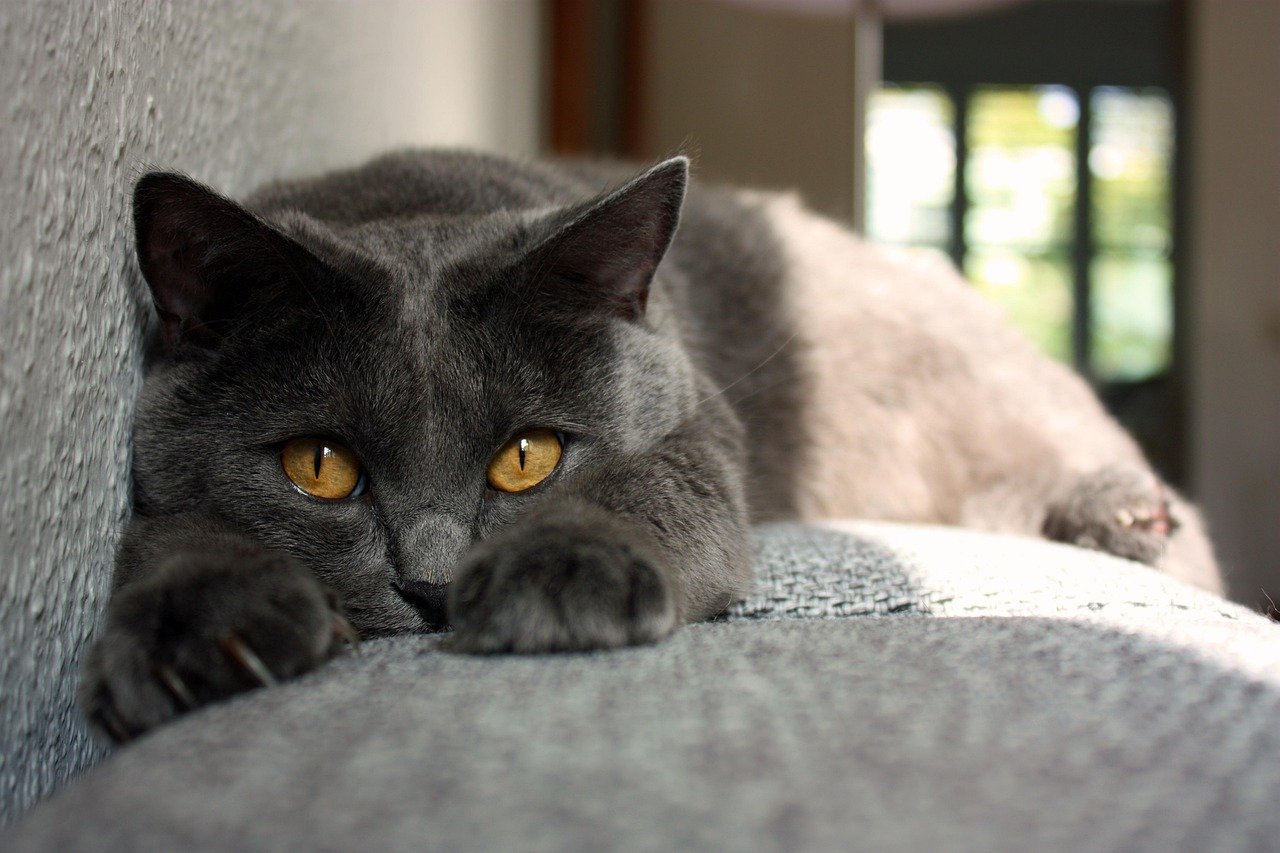
Chartreux cats are known for their sweet, calm personalities and plush blue coats. They form strong bonds with their human families but are typically reserved around strangers and other animals. A dog’s presence can disrupt their sense of security and routine.
Instead of confronting a dog, a Chartreux is more likely to retreat into the background, observing from a distance. This avoidance can turn into chronic hiding or stress if the dog is persistent or playful. The Chartreux values its quiet time and autonomy, making it difficult to adjust to life with an energetic canine housemate.
Himalayan: The Nervous Nester
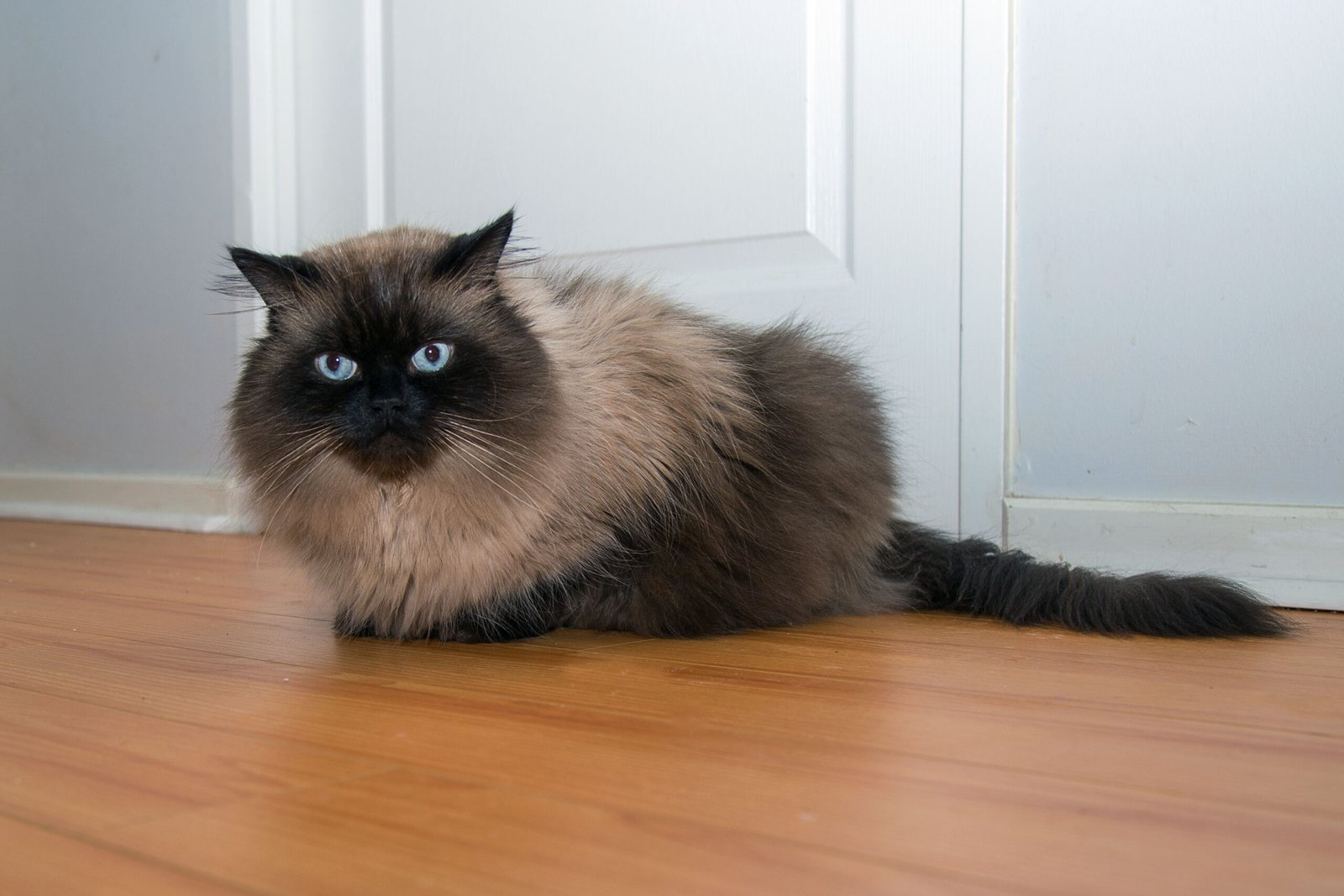
Himalayan cats, with their luxurious fur and striking blue eyes, are gentle souls who crave stability and peace. They don’t handle change or chaos well, and a dog’s unpredictable energy can leave them frazzled.
When a Himalayan feels threatened or anxious, it tends to seek refuge in solitary corners or secluded hideaways. This can lead to feelings of isolation and sadness, especially if the dog is eager for interaction or play. The Himalayan’s sensitive nature makes it a poor match for a home with a dog, no matter how gentle the pup might be.
At the end of the day, it’s all about creating a peaceful home where both your pets can thrive. While some cat breeds may struggle to adjust to life with a dog, that doesn’t mean all hope is lost. With the right research and thoughtful introductions, harmony is possible—just choose wisely! A little planning now can save you (and your pets) a lot of stress later.

Born and bred in South Africa, a Capetonian at heart. Amy-Leigh’s love for nature and animals was inherited from her Dad. He loves taking the family on road trips to experience nature at its finest; Amy-Leigh’s favourite being whale watching in Hermanus and spotting Kudu along the West Coast. Amy-Leigh holds a BA in English Literature and Communication Studies.

